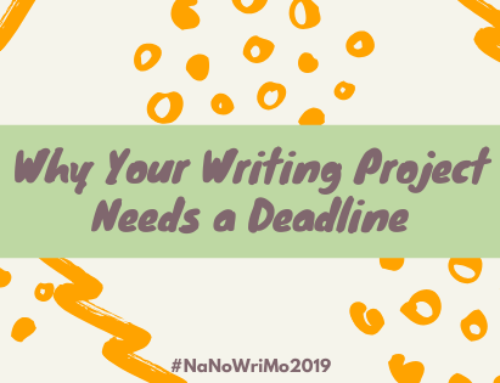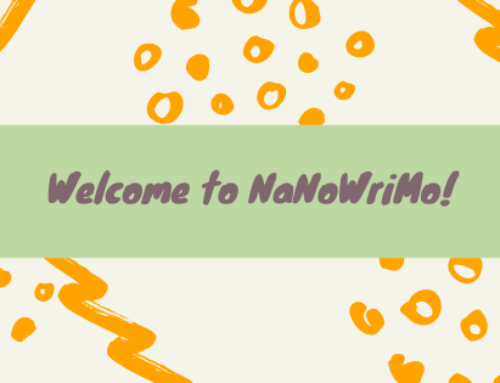From an early age, we’re taught that good description is the key to excellent writing. I’d argue that well-written dialogue is the true key to writing. A description will never move your story forward in the same way dialogue can. It’s not as hard to write dialogue as you might think. Plus, once you’ve mastered it, the rest of your book will fall into place. The pacing will increase and you’ll find yourself clicking away on your keyboard to keep up with your characters’ conversations.
The Do’s and Don’ts
- Do use quotation marks at the beginning and end of a characters’ dialogue.
- Don’t let characters ramble on for pages.
- Do create a new paragraph each time the speaker changes.
- Don’t overcomplicate with adverbs. Example to avoid: “She said enthusiastically.”
- Do stick to “he said” and “she said”. This allows the tags to sink in without standing out.
- Don’t reference character names when only two characters are speaking. Example to avoid: “Dorothy, what are you making for dinner?” John asked.
- Do use it to move your story forward.
- Don’t use it for pleasantries. Example to avoid: “How’s your day?”
- Do make sure there is differentiation between how each character speaks.
- Don’t make characters tell each other things they already know.
- Do keep it concise.
- Don’t write it all in complete, grammatical sentences. Most people speak informally throughout the day, so writing dialogue with a formal tone can be jarring. Example to avoid: “It is a beautiful day, is it not?”
- Do vary the length of dialogue to avoid a matchy-matchy format.
- Don’t force characters to speak in a vacuum—they should do something while they talk. Make a character drink her coffee or watch her child go down the slide what she talks to another mom.
- Do have fun shaping conversations within your novel.
What do’s and don’ts do you live by when it comes to writing dialogue? Are there any challenges you seem to face each time? We’d love to help you become a master dialogue creator!
Discover more from Mill City Press
Subscribe to get the latest posts sent to your email.














Leave A Comment